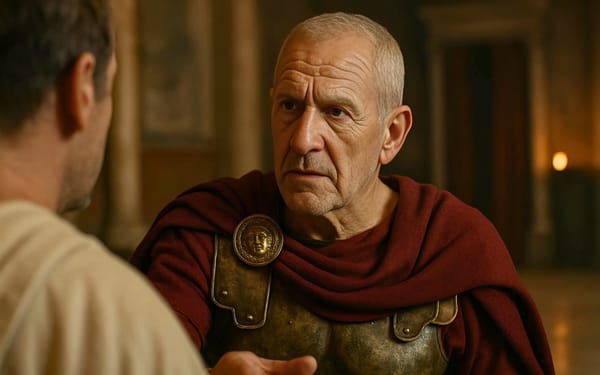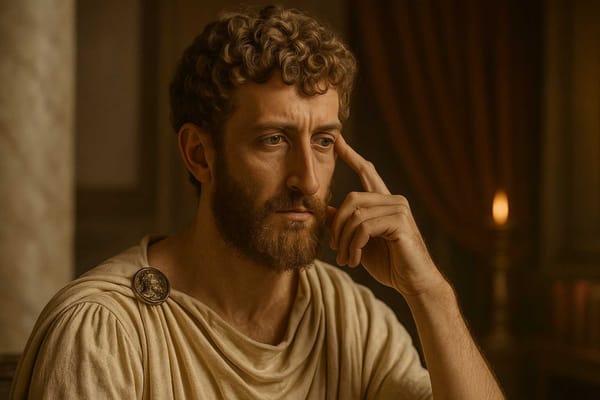What was the Circus Maximus and why there is nothing left of it?
The Circus Maximus, a massive construction, once the grand stage of Roman entertainment, had faded away.

The Circus Maximus, once the grand stage of Roman entertainment and a symbol of the empire's vast wealth and power, has largely faded into the grassy landscape of modern Rome. In contrast to the Colosseum and Pantheon, which still stand as towering monuments to ancient Roman engineering and architecture, the Circus Maximus lies mostly in ruins, leaving little to showcase its former glory.
The Circus Maximus, Latin for "greatest circus," was designed for the most thrilling and dangerous chariot races, with its elongated oval shape perfect for high-speed pursuits. Legend has it that the origins of the Circus Maximus date back to the 6th century BCE, with the first and simplest version of the racecourse established by King Tarquinius Priscus. Tarquinius chose a specific location in Rome to hold the Ludi Romani, or Roman Games, which later became the site of the Circus Maximus. It wasn't until the 1st century BC, under Julius Caesar's reign, that significant renovations were made, expanding the seating capacity to accommodate around 150,000 spectators.
Every week, the Circus Maximus attracted large crowds eager to witness the races. These events typically involved 12 chariots, divided into four teams known as factions, with several races occurring throughout the day, as described by Fagan. In addition to the thrill of chariot racing, the Circus Maximus also hosted a variety of other spectacles, including gladiatorial combats, wild animal hunts, and public executions.
The Circus Maximus also played host to the Roman Games, officially known as the Ludi Romani. These games, held in honor of Jupiter, were financed by wealthy and royal patrons. Occurring every September, the Ludi Romani featured a 15-day schedule filled with chariot races, banquets, and military parades. Over the centuries, the Circus Maximus has been a hub of entertainment for the Romans, and it continues to serve as a venue for concerts and various large-scale public gatherings even in modern times.
The decline of the Circus Maximus began after the fall of the Roman Empire. With the empire's collapse, the grandeur that once was became less sustainable. The last recorded games in the Circus Maximus took place in 549 CE, and from that point on, the structure quickly fell into disuse. The grand stands, which had once echoed with the cheers of a quarter of a million people, were slowly stripped of marble and materials for new construction projects. By the early medieval period, the area that was once the Circus Maximus had transformed into farmland and pastures.

Recent archaeological investigations have revealed that much of the Circus is still buried beneath the surface. About 10 meters below ground level lies the "floor" of the Circus, untouched and unexplored. In 1587, Pope Sixtus V ordered an excavation of the spina, the central median, unearthing two great Egyptian obelisks. Later excavations, albeit limited, have indicated that the Circus was a structure in constant flux, frequently renovated throughout its use.
In the early Medieval period, the Circus Maximus fell into disuse. Much of the seating and structure was repurposed or taken for building materials, a common practice in that era.
The question remains: why has Italy not pursued more extensive excavations of the Circus Maximus? The answers are multi-fold. Firstly, the belief is that there is not much left to uncover that is easily accessible. Secondly, archaeological endeavors are expensive, and Italy, with its myriad of historical sites requiring attention, must allocate funds judiciously. Lastly, the space where the Circus Maximus once stood is now a popular public area, frequently used for large events and concerts, complicating any potential archaeological undertakings.
The preservation of ancient structures often depended on their perceived value and relevance over time. In the case of the Circus Maximus, its transition from a sports venue to farmland and eventually a public event space impacted its preservation. The role of the Christian church in preserving or repurposing ancient Roman structures also played a significant part in the survival of these historic sites.









About the Roman Empire Times
See all the latest news for the Roman Empire, ancient Roman historical facts, anecdotes from Roman Times and stories from the Empire at romanempiretimes.com. Contact our newsroom to report an update or send your story, photos and videos. Follow RET on Google News, Flipboard and subscribe here to our daily email.
Follow the Roman Empire Times on social media: